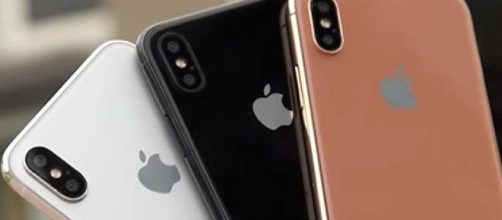Apple is expected to unveil its much-awaited iPhone next month, the redesigned flagship which will reportedly come at a price. The word out is that the iPhone 8 will cost roughly close to $1,000, a hefty price that has drawn criticism. Apple and Samsung have come up with high-end devices in the past which were expensive. The pricing matrix for each is normally caused by the features and technology they come with, meaning potential buyers may want to consider looking at the smartphones before passing judgment. For the iPhone 8, leading the way is the shift to OLED screens, a part which does not come cheap.
Phone prices are rising
In the modern age, hearing about a high-priced mobile phone hardly comes as a surprise. Samsung has done it in the past and yet many end up getting one. The upcoming iPhone 8 is no exception. But is it justified? A consumer simply has to look out in the market and check out the current prices flagship phones carry. The only difference may be the number of zeroes, meaning a $1,000 SRP hardly makes a difference. Could Apple be pricing the device due to concerns about supply? That is a possibility. But the reality of it all is that while buyers criticize the price, they end up buying the device anyway regardless of the outrageous suggested retail price.
Buyers have options
Each time the price of a new phone comes out, most overlook their options. There may be some who would buy the device outright while others can always go through the installment packages that mobile carriers have to offer. The only catch there is that they would be tied up with that mobile carrier for a period of time. It is a reality for those who cannot afford to shell out the suggested price of a handset.
Demand and supply
The $1,000 price of the iPhone 8 is unofficial as of this writing. The official price could be lower though buyers are not expected to keep their hopes up. With a redesigned iPhone, most overlook the fact that the cost of creating it will have an impact.
Aside from the OLED display screen, there are other features to watch out for, including better wireless charging, facial recognition and next-gen depth-sensing augmented reality, according to CNet.
The good news is that buyers do have alternatives. The iPhone 8 will have the iPhone 7s and 7s Plus alongside it. They will, however, come with old technology (i.e. TFT-LCD screens), pegged as the send-off before Apple shifts to its new breed of smartphones. If the pricing structure from CNet is any indication, customers will only save around $200 to $300 – justifying how the pricing matrix for mobile phones has risen in the past few years.


